Home>Storage Ideas>Living Room Storage>Open-plan Living Room Ideas: 12 Multifunctional Spaces
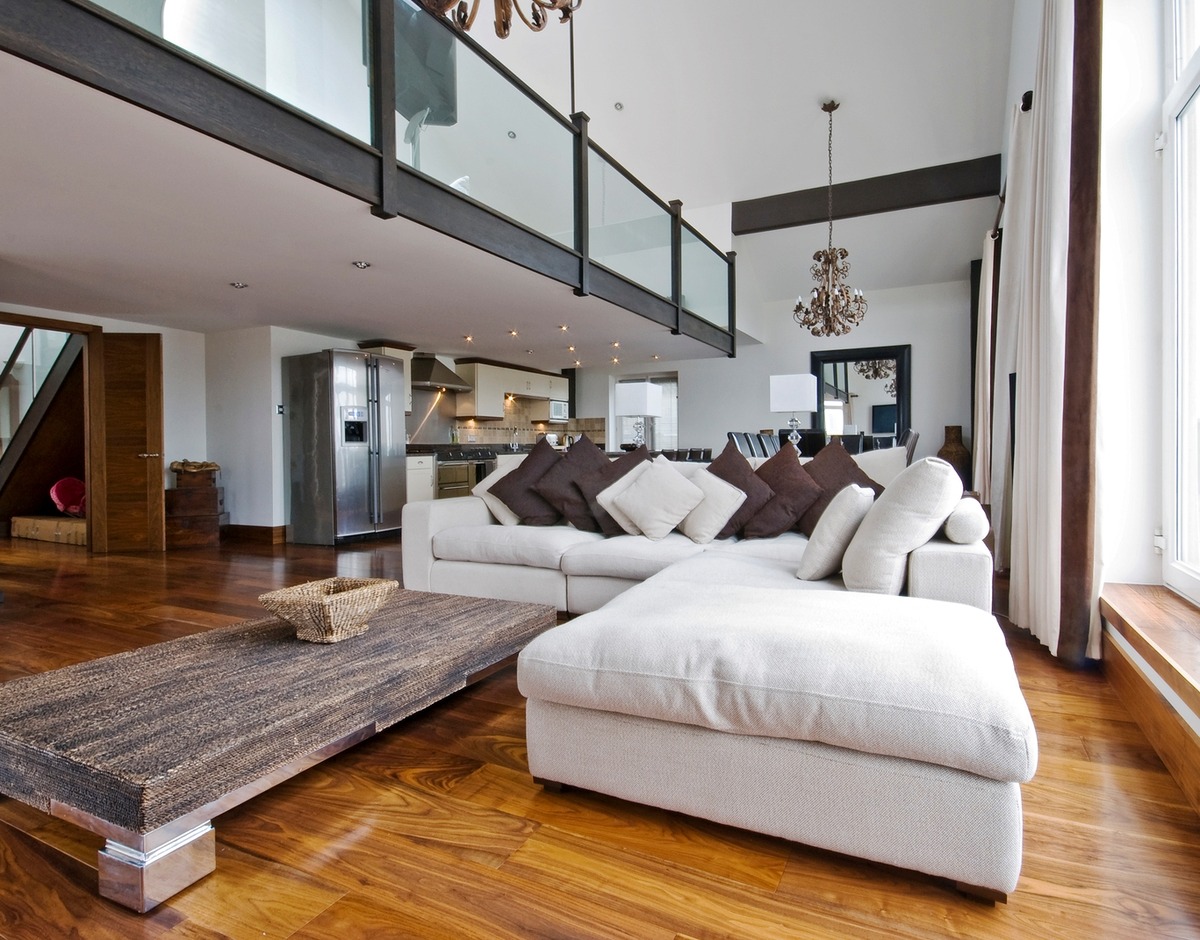

Living Room Storage
Open-plan Living Room Ideas: 12 Multifunctional Spaces
Modified: January 7, 2024
Discover 12 clever open-plan living room ideas that maximize space and functionality. Find inspiration for multifunctional living room designs with ample living room storage.
(Many of the links in this article redirect to a specific reviewed product. Your purchase of these products through affiliate links helps to generate commission for Storables.com, at no extra cost. Learn more)
Introduction
Welcome to the world of open-plan living room design! In today’s fast-paced and space-conscious world, a living room that serves multiple functions has become increasingly popular. An open-plan living room offers a versatile and flexible space that can be transformed to meet various needs and activities throughout the day.
Gone are the days of separate rooms for dining, working, and relaxing. By combining these spaces into one cohesive area, homeowners can maximize the functionality of their living room while still maintaining a stylish and harmonious environment. Whether you have a small apartment or a spacious home, creating a multifunctional living room allows you to make the most of your space.
In this article, we will explore 12 creative and practical ideas for designing a multifunctional open-plan living room. From combining a dining area with a living space to incorporating a home office or playroom within the same area, we’ll provide you with inspiration and tips to optimize your living room’s potential.
By implementing these ideas, you can create a living room that adapts effortlessly to your needs and lifestyle. Whether you’re hosting dinner parties, working from home, enjoying family time, or pursuing your hobbies, your open-plan living room will be the hub of activity in your home.
So, let’s dive in and explore the endless possibilities of designing a multifunctional open-plan living room that combines style, functionality, and personalized touches to suit your unique lifestyle and preferences.
Key Takeaways:
- Create a versatile and harmonious open-plan living room by integrating multifunctional spaces such as a dining area, home office, playroom, or cozy reading nook. Thoughtful design, furniture placement, and storage solutions are key to maximizing space and functionality.
- Embrace creativity and flexibility in designing a multifunctional living room that reflects your unique style and individuality. Balance aesthetics and practicality, incorporate technology, and personalize each area to create a welcoming and enjoyable environment for your lifestyle and preferences.
Combination Dining and Living Space
Designing a multifunctional open-plan living room that includes a dining area requires careful consideration to ensure a cohesive look and comfortable seating arrangements that cater to both activities.
One key aspect to keep in mind is the layout of the furniture. When combining the dining and living space, it’s essential to create a clear distinction between the two areas while maintaining a sense of flow. Positioning the dining table and chairs in a designated area, such as near a window or against a wall, helps define the dining zone.
When it comes to seating arrangements, consider the size of your dining table and the number of chairs you need. Opting for benches or chairs that can be easily tucked under the table when not in use helps save space and maintain a clean and uncluttered look.
Additionally, choosing versatile furniture pieces can make a significant difference in a multifunctional living room. Opt for a dining table that can extend when needed to accommodate more guests, or consider a table with drop leaf sides that can be folded down to save space when not in use.
For a cohesive look, ensure that the materials and colors of the dining and living room furniture complement each other. This can be achieved by selecting a similar color palette or using similar materials. For example, if your dining chairs have wooden legs, incorporating a coffee table or side table with the same wood finish can create visual harmony.
Lighting is another crucial element in a combination dining and living space. Consider installing a pendant light or chandelier above the dining table to create a focal point and provide adequate lighting for meals. In the living area, incorporate a mix of task lighting, such as floor lamps or table lamps, and ambient lighting, such as recessed lights or wall sconces, to create a warm and inviting atmosphere.
Lastly, don’t forget about the storage needs in your multifunctional space. Choose furniture pieces that offer storage solutions, such as a buffet or sideboard in the dining area to store dining essentials or a coffee table with hidden compartments to keep items like remote controls or magazines neatly tucked away.
By carefully planning the layout, selecting versatile furniture, coordinating colors and materials, incorporating appropriate lighting, and addressing storage needs, you can successfully design a multifunctional open-plan living room with a dining area that is both visually appealing and functional for everyday use.
Home Office and Lounge Area
Integrating a functional home office into an open-plan living room can be a smart and efficient use of space, especially for those who work from home or require a dedicated workspace. However, it’s equally important to create a relaxing lounge area within the same space to promote a balanced and comfortable environment.
When designing a home office in your living room, consider the placement of your work desk. Choose an area that is away from distractions and has access to natural light if possible. This will help create a productive and inspiring workspace. You can use room dividers or furniture placement to visually separate the workspace from the rest of the living area.
Invest in a comfortable and ergonomic desk chair that provides proper support for long hours of work. Consider the size of your work surface and storage needs to ensure you have enough space for your computer, paperwork, and other office essentials.
Incorporating storage solutions is crucial for a functional home office. Opt for furniture pieces with built-in storage, such as bookshelves or storage cabinets, to keep your workspace organized. You can also utilize vertical space by installing wall-mounted shelves or utilizing the space above your desk.
Now, let’s focus on creating a relaxing lounge area within the same open-plan living room. Select comfortable seating options, such as a cozy sofa or armchairs, where you can unwind and enjoy leisure time. Arrange the furniture in a way that promotes conversation and creates an inviting atmosphere.
Enhance the lounge area with soft and plush textiles, such as throw pillows and blankets, to add warmth and comfort. Incorporate a coffee table or side tables for functionality and to display decorative items or provide a surface for beverages and snacks.
Lighting plays a crucial role in creating a soothing ambiance for the lounge area. Choose soft and warm lighting fixtures, such as table lamps or floor lamps with dimmers, to create a cozy atmosphere. Consider incorporating task lighting for reading or activities that require focused illumination.
Accessories and decor elements can also contribute to the relaxing lounge atmosphere. Add artwork on the walls, hang curtains or blinds to control natural light, and incorporate plants or a small indoor garden to bring a touch of nature into the space.
By integrating a functional home office with comfortable seating and creating a relaxing lounge area within the same open-plan living room, you can strike a balance between productivity and leisure. This setup allows you to seamlessly transition between work and relaxation, making the most of your living space.
Playroom and Family Entertainment Space
Designing a playroom that seamlessly blends into the living room can create a harmonious and functional space for the entire family. By incorporating family-friendly entertainment options for all ages, you can cater to different interests and activities within the same area.
When setting up a playroom within your living room, consider the layout and organization of the space. Designate specific areas for different activities, such as a play corner with a toy storage system, a reading nook with a bookshelf, and a crafts or art area with a designated table and supplies.
Choose furniture pieces that are versatile and can serve multiple purposes. For example, opt for a storage ottoman that can double as seating or a coffee table with built-in storage for board games and toys. This will help maintain a tidy and clutter-free environment.
When it comes to incorporating family-friendly entertainment options, consider the varying ages and interests of family members. Install a wall-mounted TV or set up a projector screen for movie nights and gaming sessions. Invest in comfortable seating, such as a sectional sofa or bean bags, to create a cozy gathering space.
For younger children, include a play kitchen, a dollhouse, or a play tent to encourage imaginative play. Incorporate a chalkboard or whiteboard wall for artistic expression. Provide a variety of age-appropriate toys, puzzles, and games to keep children engaged and entertained.
For older children and adults, consider adding a game console or a foosball table for friendly competitions. Set up a dedicated gaming or tech area with comfortable seating, proper lighting, and easy access to outlets for charging devices.
Incorporating soundproofing elements, such as rugs, curtains, or acoustic panels, can help contain noise within the playroom and prevent disturbances in other areas of the living room.
Remember to create a safe environment by childproofing the playroom area. Install safety gates, anchor heavy furniture to the wall, and ensure that electrical outlets are covered.
By designing a playroom that seamlessly blends into the living room and incorporating family-friendly entertainment options, you can create a space that encourages family bonding and provides endless hours of fun for all ages. This setup allows for a harmonious coexistence of play and relaxation within the same space.
Reading Nook and Study Area
Creating a cozy reading nook within your open-plan living room provides a tranquil space for relaxation and indulging in your favorite books. Additionally, setting up a study area within the same space allows for a dedicated space to focus on work or study. Let’s explore how you can achieve both.
Begin by choosing a suitable location for your reading nook. Look for a cozy corner or a spot near a window that offers natural light and a sense of privacy. Consider placing a comfortable armchair or chaise lounge along with a side table to hold your books, a reading lamp, and a small shelf or basket for storing reading materials.
Enhance the reading nook with soft furnishings such as cushions, throw blankets, and a plush rug to create a cozy and inviting atmosphere. Use warm and earthy colors to promote relaxation and create a serene environment.
To set up a study area in your open-plan living room, dedicate a specific zone for your desk and workspace. Choose a desk that suits your needs and the available space. Consider a desk with built-in storage or additional shelves to keep your study materials organized.
Proper lighting is crucial for a study area. Ensure that you have sufficient task lighting, such as a desk lamp, to minimize eye strain during reading or working. Position the desk near a window to take advantage of natural daylight, which can enhance productivity and focus.
Incorporate storage solutions to keep your study area tidy and clutter-free. Utilize drawers, shelves, and bins to organize books, stationery, and other study essentials. Consider using wall-mounted shelves or a bookcase to maximize vertical space and provide additional storage options.
Personalize your study area with inspiring artwork, motivational quotes, or a vision board to create a positive and motivating environment. Surround yourself with items that spark creativity and make your study space a reflection of your personality and interests.
In both the reading nook and study area, consider using sound-absorbing materials to minimize distractions and create a quiet atmosphere. Incorporate curtains, rugs, or acoustic panels to reduce noise from other areas of the living room.
By creating a cozy reading nook and setting up a study area within your open-plan living room, you can have a designated space for both relaxation and focused work. This integration enables you to immerse yourself in a good book or concentrate on your studies while still being part of the shared living space.
Exercise Corner and Yoga Studio
Utilizing your living room for fitness activities and workouts is a fantastic way to stay active and maintain a healthy lifestyle. Transforming a small corner of your living room into a serene yoga or meditation space allows you to combine exercise and relaxation within the same area.
When choosing the perfect spot for your exercise corner, consider a space that is free from furniture or obstacles. Look for an area with enough room to move and stretch comfortably. It could be a corner of the room, near a window for natural light, or wherever you feel most inspired.
Invest in essential exercise equipment that suits your fitness interests and goals. This could include yoga mats, resistance bands, dumbbells, or a small workout bench, depending on the type of exercises you prefer. Consider storage options like baskets or shelves to keep your equipment organized and easily accessible.
Create a serene yoga or meditation space by incorporating elements that promote relaxation and tranquility. Use soft colors, such as pastels or neutrals, for the walls and accessories to create a calming atmosphere. Add plants or natural elements to bring a touch of nature indoors and enhance the sense of serenity.
Set up a designated area for meditation or stretching, using a comfortable cushion or a yoga mat. You could also incorporate a small altar or meditation corner with candles, incense, or any items that hold spiritual significance for you.
Make sure you have adequate lighting for your exercise corner. Natural light is ideal, so opt for a location near a window. However, if that’s not possible, use soft and warm artificial lighting to create a soothing ambiance. Consider using dimmable lights or candles for relaxation exercises.
Soundproofing can be beneficial, especially if you live in an apartment or have noise-sensitive neighbors. Use rugs, curtains, or acoustic panels to absorb sound and prevent disturbance during your workouts or meditation sessions.
Lastly, utilize technology to enhance your exercise corner. Connect a Bluetooth speaker to play motivational music or guided meditation sessions. You can also use fitness apps or online videos to enhance your workouts or follow along with yoga classes.
By utilizing a small corner of your living room for fitness activities and transforming it into a serene yoga or meditation space, you can enjoy the benefits of exercise and relaxation within the comfort of your own home. This integration allows you to prioritize your well-being without sacrificing valuable living space.
Craft and Hobby Zone
Designing a designated space for crafts, hobbies, and DIY projects within your living room allows you to indulge in creative activities without encroaching on other areas of your home. Creating an organized and functional craft and hobby zone ensures that your supplies are neat, accessible, and ready for inspiration.
Start by identifying a dedicated area within your living room that can accommodate your craft and hobby needs. This could be a corner of the room, a small table, or even a folding desk that can be easily stowed away when not in use.
Invest in functional furniture that provides storage solutions. Look for a craft table or desk with built-in shelves, drawers, or cubbies to keep your supplies organized. Utilize clear plastic bins, baskets, or storage containers to categorize and store your crafting materials, such as beads, paintbrushes, fabrics, or scrapbooking supplies.
Hanging wall organizers or pegboards are excellent additions to your craft zone. Use them to display your most frequently used tools and supplies, keeping them within easy reach while also adding a decorative touch to your space.
Consider the lighting in your craft area. Natural light is ideal, so position your workspace near a window if possible. If natural light is limited, incorporate task lighting with adjustable lamps or install additional overhead lights to ensure proper visibility when working on intricate projects.
A comfortable chair or stool is essential for long crafting sessions. Opt for a seating option that provides adequate support for your back and allows you to maintain a comfortable posture while working on your projects. If space allows, consider adding a cushion or a small seating area nearby where you can take breaks and relax.
Don’t forget about incorporating a workspace for your laptop or computer if your crafts involve digital elements or require online research. Ensure you have enough desk space to accommodate your computer or laptop, along with any relevant accessories or peripherals.
Make the craft and hobby zone a visually inspiring space. Hang artwork or posters that reflect your creative interests or display finished projects as a source of motivation. Consider adding a bulletin board or magnetic board where you can pin or display sketches, ideas, or inspiration for future projects.
Lastly, maintain a clutter-free environment by regularly organizing and decluttering your craft supplies. Set aside time to sort through materials, discard items that are no longer usable or necessary, and keep everything in its designated place. This will help you stay focused, save time, and ensure that your crafting sessions are enjoyable and productive.
By designing a designated space for crafts, hobbies, and DIY projects in your living room and implementing organizational ideas, you can create a functional and inspiring environment that supports your creative pursuits. This dedicated craft zone allows you to fully immerse yourself in your hobbies and enjoy the satisfaction of bringing your artistic visions to life.
When designing an open-plan living room, consider using furniture that can serve multiple purposes, such as a sofa bed or a coffee table with storage. This will help maximize the functionality of the space.
Guest Sleeping Space
Maximizing the functionality of an open-plan living room for overnight guests is an excellent way to utilize your space efficiently while ensuring the comfort of your visitors. Creating a comfortable sleeping area within the living room can be achieved through innovative ideas that provide privacy, convenience, and a restful night’s sleep.
One of the most straightforward options for accommodating guests in an open-plan living room is using a sofa bed or a convertible sleeper sofa. These versatile pieces of furniture offer both seating during the day and a comfortable bed at night. Look for options with high-quality mattresses to ensure your guests get a good night’s sleep.
If you prefer a more defined sleeping area, you can use room dividers or freestanding screens to create a sense of separation and privacy. This allows you to create a designated space for your guests to sleep while still maintaining an open and spacious living area during the day.
Another creative idea is to use a hidden bed or a wall bed. These types of beds can be folded against the wall or concealed behind cabinetry when not in use, allowing you to reclaim the space for other activities. When your guests arrive, simply pull down the bed, and they’ll have a cozy and comfortable sleeping area.
To ensure that your guest sleeping space feels inviting, provide soft bedding, pillows, and blankets. Consider using high-quality linens in neutral colors to create a serene and welcoming ambiance. Adding touches like bedside tables with reading lamps, a small clock, or even a basket of essentials like towels and toiletries can make your guests feel right at home.
Lighting is an essential element to consider in a guest sleeping space. Install adjustable or dimmable lights that allow your guests to customize the brightness according to their preferences. Providing blackout curtains or blinds will also help create an environment conducive to a good night’s sleep.
Storage solutions are crucial in an open-plan living room that doubles as a guest sleeping area. Ensure there’s enough space for your guests to store their belongings, whether it’s a wardrobe, a chest of drawers, or a combination of shelves and hooks. These storage options will allow your guests to keep their personal items organized and easily accessible during their stay.
Lastly, consider adding personal touches to make your guests feel comfortable and at ease. Place a tray with a carafe of water and glasses beside the bed, along with some reading material or a small selection of snacks. These thoughtful gestures will contribute to a memorable and enjoyable experience for your guests.
By maximizing the functionality of your open-plan living room for overnight guests and implementing innovative ideas to create a comfortable sleeping area, you can ensure that your guests have a pleasant and relaxing stay. With proper considerations for privacy, comfort, and convenience, your living room can effortlessly transform into a welcoming and cozy guest retreat.
Media Room and Home Theater
Incorporating a media room or home theater within your living room provides an immersive entertainment experience for you and your family. With the right audio-visual equipment and seating arrangements, you can create a space that rivals the movie theater experience right in the comfort of your own home.
When designing a media room or home theater within your living room, consider the layout and acoustics of the space. Position the TV or projector screen in a central location with optimal viewing angles. If possible, choose a wall that allows for minimal glare and reflections.
Invest in high-quality audio-visual equipment that suits your preferences and budget. Choose a TV with a sharp display, vibrant colors, and excellent contrast. Alternatively, opt for a projector and screen combination for a true cinematic experience. Consider a surround sound system to create immersive audio that enhances the movie-watching experience.
For seating arrangements, prioritize comfort and proper viewing angles. Choose a seating configuration that allows everyone to have a good view of the screen. Consider options like a sectional sofa, reclining chairs, or even dedicated theater-style seating with cup holders and armrests.
Enhance the ambiance of your media room or home theater by incorporating appropriate lighting. Install dimmable lights or use blackout curtains or blinds to control the level of brightness. Consider using LED strip lights behind the TV or along the walls to add a touch of mood lighting.
Create a designated space for media storage and equipment. This could be a media console, wall-mounted shelves, or a dedicated cabinet to keep your media devices, DVDs, Blu-rays, game consoles, and other accessories organized and easily accessible.
If space allows, you can also consider adding a small refreshment area. Install a mini-fridge or a bar cart to store beverages and snacks, creating a more authentic movie theater experience. This way, you can enjoy your favorite treats without having to leave the comfort of your media room.
Don’t forget about soundproofing your media room or home theater. Use acoustic panels or sound-absorbing materials on the walls to minimize echoing or sound leakage to other parts of your home. This will ensure that your movie-watching experience remains immersive without disturbing others.
Lastly, consider incorporating technology for added convenience. Use smart home automation to control the audio-visual equipment, lighting, and even temperature with the touch of a button or through voice commands. This can enhance the overall user experience and provide a seamless and enjoyable entertainment environment.
By incorporating a media room or home theater within your living room and choosing the right audio-visual equipment and seating arrangements, you can create a space that is perfect for enjoying movies, sports, gaming, and other multimedia entertainment. Whether it’s a thrilling action movie or a cozy family movie night, your living room can become the ultimate entertainment hub.
Read more: How To Decorate An Open Concept Living Room
Music and Instrument Area
Creating a designated area for playing musical instruments within your living room allows you to indulge in your passion for music while seamlessly integrating it into your home. With the right setup and soundproofing techniques, you can enjoy playing your instruments without causing disturbances to others in the home.
When designing a music and instrument area within your living room, consider the layout and acoustics of the space. Position your instruments, such as a piano, guitar, or drums, in a location that allows for ease of access and proper ergonomics. If possible, choose a spot away from areas with high foot traffic to reduce disruptions.
Invest in appropriate storage solutions to keep your instruments organized and easily accessible. This could include wall-mounted instrument hangers, instrument stands, or dedicated storage cabinets. Properly storing your instruments not only keeps them safe but also adds to the visual appeal of your music area.
Soundproofing is crucial to minimize noise disturbance. Use acoustic panels or sound-absorbing materials on the walls to reduce echoing and sound propagation. You can also use heavy curtains or soundproofing curtains to dampen sound and prevent it from traveling to other parts of the house.
If you live in an apartment or have noise-sensitive neighbors, you can enhance soundproofing by using rugs or carpets on the floor to reduce impact noise. Additionally, consider using sound-isolating rubber pads or mats for instruments that are in contact with the floor, such as drums.
Invest in good quality headphones or in-ear monitors if you play electric instruments. This allows you to practice silently without the need for amplification while reducing the noise generated. You can also consider using electronic drum pads or silent practice devices for instruments like drums or guitars.
If you have a home recording setup within your music area, pay attention to the acoustics of the room. Incorporate sound diffusers and absorbers strategically to optimize the sound quality and minimize reflections. Consider using acoustic treatment panels or foam to control the audio reflections and create a more controlled recording environment.
Consider the lighting in your music area, as it can greatly impact your playing experience. Use adjustable lighting fixtures or lamps to create the desired ambiance. Depending on your instrument, you may need additional task lighting to illuminate sheet music or guitar fretboards.
Lastly, personalize your music area with artwork, posters, or images that inspire you. Displaying musical memorabilia or artwork related to your favorite bands or musicians can add character and make the space feel more inviting.
By creating a designated area for playing musical instruments within your living room and implementing soundproofing techniques, you can enjoy practicing and playing without disturbing others. Whether you’re a professional musician, an aspiring artist, or simply enjoy playing for your own pleasure, your music area will enhance your musical journey and create a harmonious integration of music and living space.
Indoor Garden and Greenery
Incorporating plants and greenery into your open-plan living room can breathe life into the space, creating a vibrant and refreshing environment. With the right tips for creating a thriving indoor garden and maintaining plant health, you can enjoy the beauty and benefits of nature indoors.
When selecting plants for your indoor garden, consider the lighting conditions in your living room. Choose plants that thrive in the available light, whether it’s bright and direct sunlight or low-light conditions. Some popular indoor plants include pothos, snake plants, ferns, and peace lilies.
Before bringing in new plants, assess the temperature and humidity levels in your living room. Most indoor plants prefer consistent temperatures between 60-75°F (15-24°C) and humidity levels of around 40-60%. If the conditions in your living room are not ideal, consider using a humidifier or grouping plants together to create a mini microclimate.
Consider the available space in your living room for your indoor garden. Opt for a variety of plant sizes and shapes to create visual interest. You can place taller plants in corners or against walls, while smaller plants can be displayed on shelves, side tables, or windowsills.
Choose appropriate containers or pots for your plants that allow for adequate drainage. Ensure they have drainage holes at the bottom or use a layer of pebbles to prevent roots from sitting in excess water. Decorative planters or hanging baskets can also add a touch of style to your indoor garden.
Establish a watering routine for your indoor plants, taking into account their specific needs. Overwatering or underwatering can harm your plants, so it’s essential to find the right balance. Monitor the soil moisture and water your plants when the top inch of soil feels dry. Avoid using cold tap water and consider using filtered or distilled water if your plants are sensitive to chemicals.
Fertilize your indoor plants regularly to provide essential nutrients. Choose a balanced fertilizer or opt for specialized formulas for specific plant types. Follow the recommended dosage on the packaging and be mindful not to overfertilize, as this can lead to nutrient buildup and damage the plants.
Regularly inspect your plants for pests or signs of disease. Some common indoor plant pests include spider mites, mealybugs, and aphids. Treat any infestations promptly with organic or chemical-free pest control methods to keep your plants healthy and thriving.
Rotate your indoor plants periodically to ensure even growth. Most indoor plants tend to grow towards the light source, which can result in uneven growth and leaning. Turn your plants every few weeks to promote balanced development and prevent them from becoming lopsided.
Clean the leaves of your indoor plants regularly to remove dust and improve their ability to absorb light. Wipe gently with a damp cloth or use a gentle spray of water to keep the leaves clean and free from dust or pests.
Lastly, enjoy the benefits of your indoor garden by spending time in the living room surrounded by nature. The presence of greenery can improve air quality, reduce stress, and create a calming and relaxed atmosphere.
By incorporating plants and greenery into your open-plan living room and following these tips for creating a thriving indoor garden, you can bring the beauty and vitality of nature indoors. Embrace the joys of gardening and enjoy the serenity of your indoor oasis.
Pet-Friendly Space
Designing a pet-friendly area within your living room allows you to create a comfortable and welcoming environment for your furry family members. By incorporating pet beds, play areas, and storage solutions, you can ensure that your pets feel right at home while maintaining a stylish living space.
One essential element to consider when designing a pet-friendly space is providing dedicated sleeping areas for your pets. Incorporate pet beds or cushions that match your overall decor and style. Choose beds that are easy to clean and maintain, and ensure they are placed in a quiet and cozy corner of the living room where your pets can rest undisturbed.
Another idea is to create a designated play area for your pets within the living room. Dedicate a space where they can engage in their favorite activities, such as playing with toys, scratching posts, or climbing structures. Consider using a carpeted area or a rug to provide a soft surface and protect your flooring.
Incorporate storage solutions to manage your pet’s toys, treats, and other accessories. Use stylish baskets, bins, or shelving units to keep everything organized and easily accessible. This will help maintain a neat and clutter-free living space while still providing easy access to your pet’s belongings.
When choosing furniture for your pet-friendly area, consider materials that are durable and resistant to pet hair. Leather or microfiber upholstery can be easier to clean and maintain compared to fabrics that easily trap pet fur. Opt for furniture designs that are pet-friendly, such as sofas with removable and washable covers.
Ensure your living room is safe for your pets by avoiding toxic plants or flowers that could pose a danger to them if ingested. Be mindful of any small or potentially hazardous decor items that could be within your pets’ reach. Use pet-friendly cleaning products to keep your living room clean without exposing your furry companions to harmful chemicals.
Install pet gates or use room dividers to create boundaries and prevent your pets from accessing certain areas or potentially hazardous objects. This will give you peace of mind while allowing your pets to roam safely within their designated space.
Consider incorporating pet-friendly technology into your living room. For example, you can set up a pet monitoring system with cameras or have an automated pet feeder if you need to be away for extended periods. Integrating these technological features ensures your pets are secure and well-cared for, even when you’re not at home.
Lastly, create a comfortable and inviting atmosphere by incorporating pet-friendly accessories. Add cozy blankets or cushions for your pets to curl up on, and consider providing a water bowl or a designated pet drinking station within the living room area.
Designing a pet-friendly area within your living room allows you to create a harmonious living space where your furry family members can thrive. By incorporating pet beds, play areas, and storage solutions, while also considering their safety and comfort, you can ensure that your pets feel loved and included within your home.
Mini Library or Book Nook
Setting up a mini library or cozy book nook in your open-plan living room can be a delightful addition, especially if you’re a book lover or enjoy spending time with a good read. By incorporating storage ideas for displaying and organizing your books or magazines, you can create a charming and inviting space for literary escapades.
Begin by selecting a suitable location for your mini library or book nook. Look for an area with adequate space, natural light, and a comfortable seating arrangement. Consider placing a cozy armchair, a reading lamp, and a side table in your chosen spot to make it an inviting and functional reading area.
When it comes to storage, there are various options to showcase and organize your books. Start with bookshelves or bookcases that fit the style and size of your living room. Wall-mounted shelves can help save space and create a visually appealing display. Consider incorporating a mix of open shelves for easy access to your favorite reads and closed cabinets to store less frequently used items or valuable collectibles.
Organize your books in a way that makes sense to you. Group them by genre, author, or theme. Alternatively, arrange them aesthetically by color or size to create an eye-catching display. Use bookends to keep books upright and prevent them from toppling over.
In addition to traditional bookshelves, consider other innovative storage ideas. Incorporate wall-mounted magazine racks or holders to neatly display and organize your favorite magazines or periodicals. Floating shelves or picture ledges can be used to create a stylish and minimalist display for smaller books or showcasing decorative items with your literary collection.
Make your mini library or book nook visually appealing by adding personal touches. Decorate the shelves with plants, framed artwork, or decorative bookends that reflect your personality and complement your living room’s overall aesthetic. Integrate cozy elements like throw blankets or cushions for added comfort and warmth.
Consider incorporating proper lighting to enhance your reading experience. Avoid harsh overhead lighting that may strain your eyes. Instead, use a combination of ambient lighting, such as floor or table lamps, along with focused task lighting, like adjustable reading lamps, to create a cozy and well-lit reading nook.
If space permits, create a dedicated area for a small side table or a built-in reading bench with built-in storage. This additional storage can be used to keep reading glasses, bookmarks, notepads, or other accessories within easy reach.
Lastly, embrace your creativity and transform your mini library or book nook into a personal retreat by displaying cherished mementos, treasured items, or small trinkets that hold sentimental value. This will infuse the space with your personality and make it even more inviting.
By setting up a mini library or cozy book nook in your open-plan living room and incorporating storage ideas for displaying and organizing your books or magazines, you can create a haven for reading and relaxation. Immerse yourself in the world of literature and enjoy the serenity that comes with having your personal collection within arm’s reach.
Read more: How To Decorate Open Shelves In Living Room
Conclusion
Designing a multifunctional open-plan living room that maximizes space and incorporates various features can transform your living room into a versatile and welcoming area for the whole family. Whether you’re combining a dining area with a living space, integrating a home office or playroom, or creating a cozy reading nook or pet-friendly zone, thoughtful design and organization are key to achieving a harmonious and functional living space.
By considering the layout, furniture placement, and lighting, you can create cohesive and visually appealing spaces within your open-plan living room. Select furniture that is not only functional but also matches your style and provides storage solutions. Keep in mind the specific needs and interests of each area you incorporate to ensure that it serves its purpose effectively.
Integrating technology, such as sound systems, home automation, or entertainment equipment, can enhance the functionality and enjoyment of the different areas in your living room. Additionally, personalizing the spaces with artwork, decor, and plants adds character and reflects your individual style.
When designing multifunctional living spaces, it’s important to maintain a balance between aesthetics and practicality. Consider the flow of the room, ensuring that it’s easy and convenient to move from one area to another. And don’t forget to incorporate storage solutions to keep the space organized and clutter-free.
Whether you have a small apartment or a spacious home, incorporating these ideas and concepts into your open-plan living room can help you make the most of your space while creating an enjoyable and functional environment for your lifestyle and preferences.
Remember to regularly assess and adapt your living room design as needed. Over time, your needs and interests may change, and it’s essential to ensure that your living space continues to meet your evolving requirements.
Embrace the creativity and flexibility that comes with designing a multifunctional living room, and let it become a reflection of your unique style and individuality. With thoughtful planning, innovative ideas, and a balance between functionality and aesthetics, you can create a living room that is truly the heart of your home.
Frequently Asked Questions about Open-plan Living Room Ideas: 12 Multifunctional Spaces
Was this page helpful?
At Storables.com, we guarantee accurate and reliable information. Our content, validated by Expert Board Contributors, is crafted following stringent Editorial Policies. We're committed to providing you with well-researched, expert-backed insights for all your informational needs.
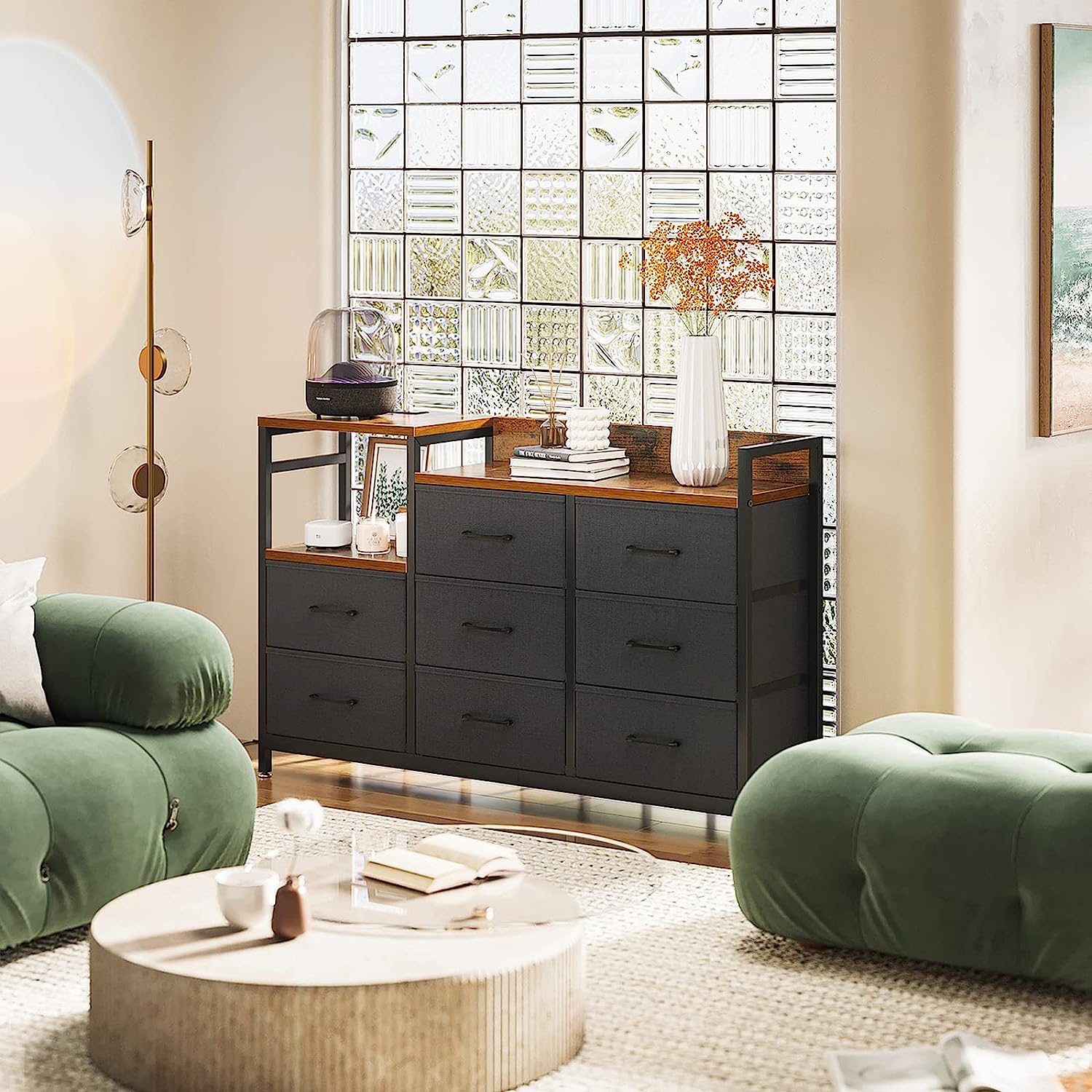
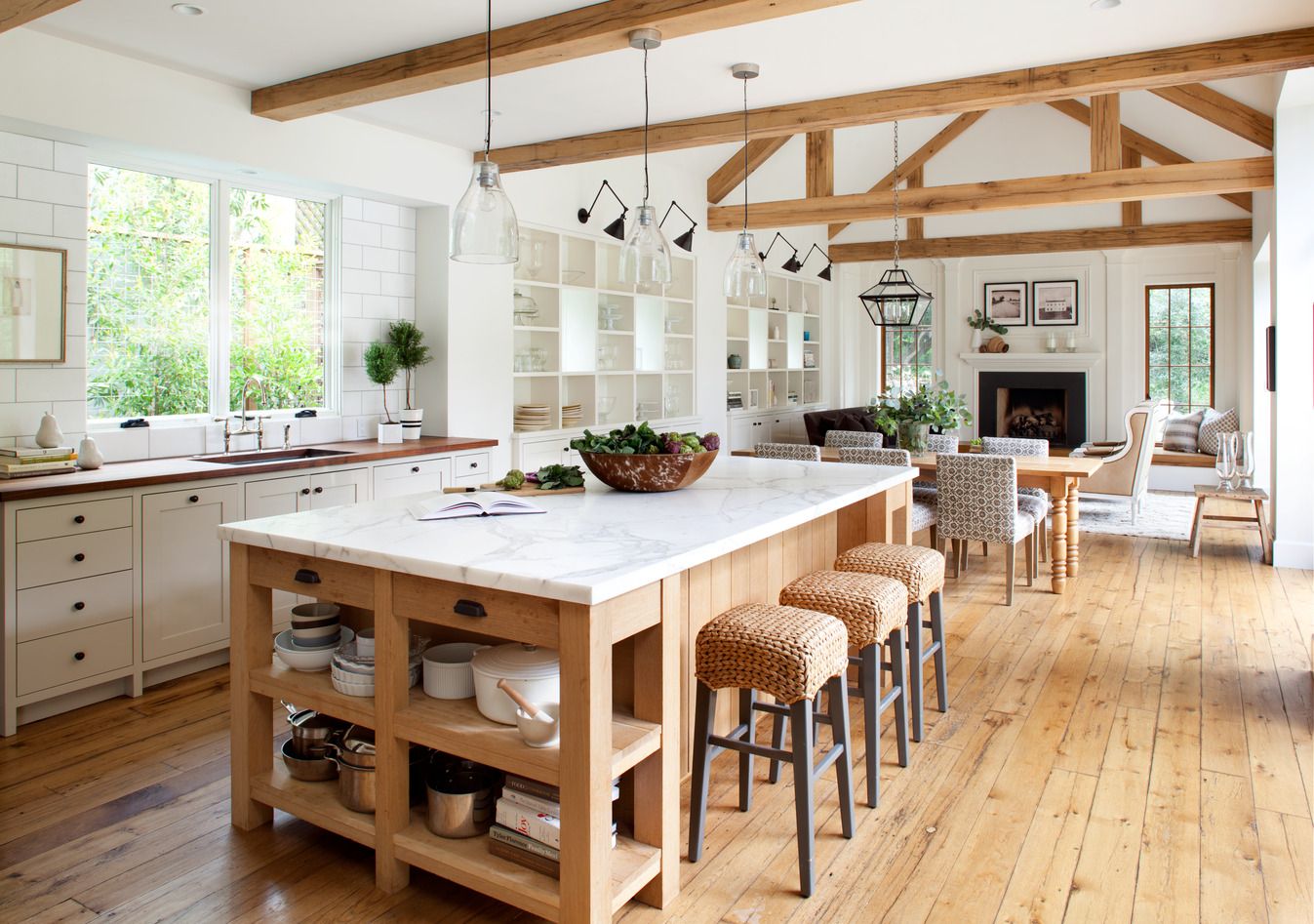
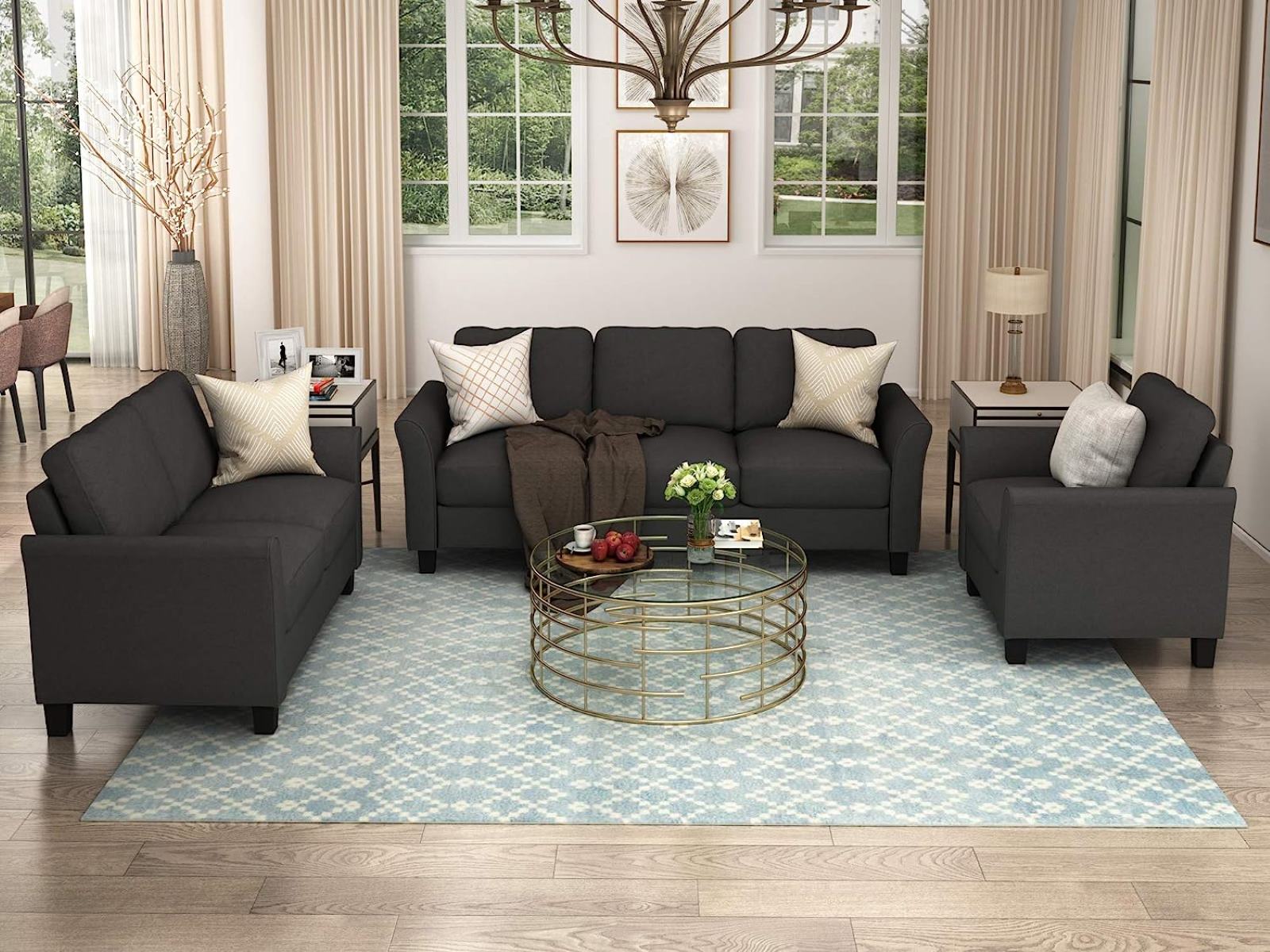
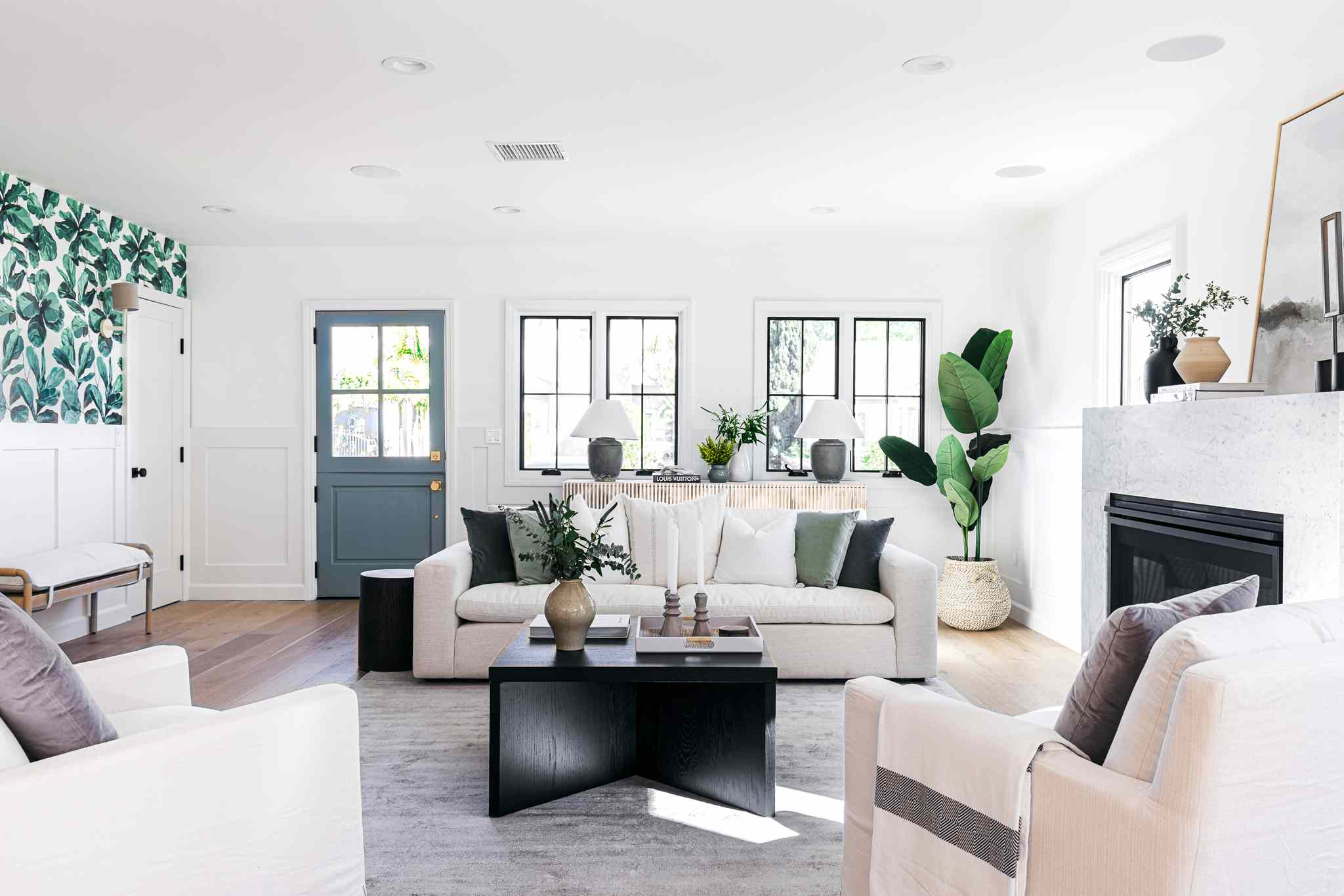
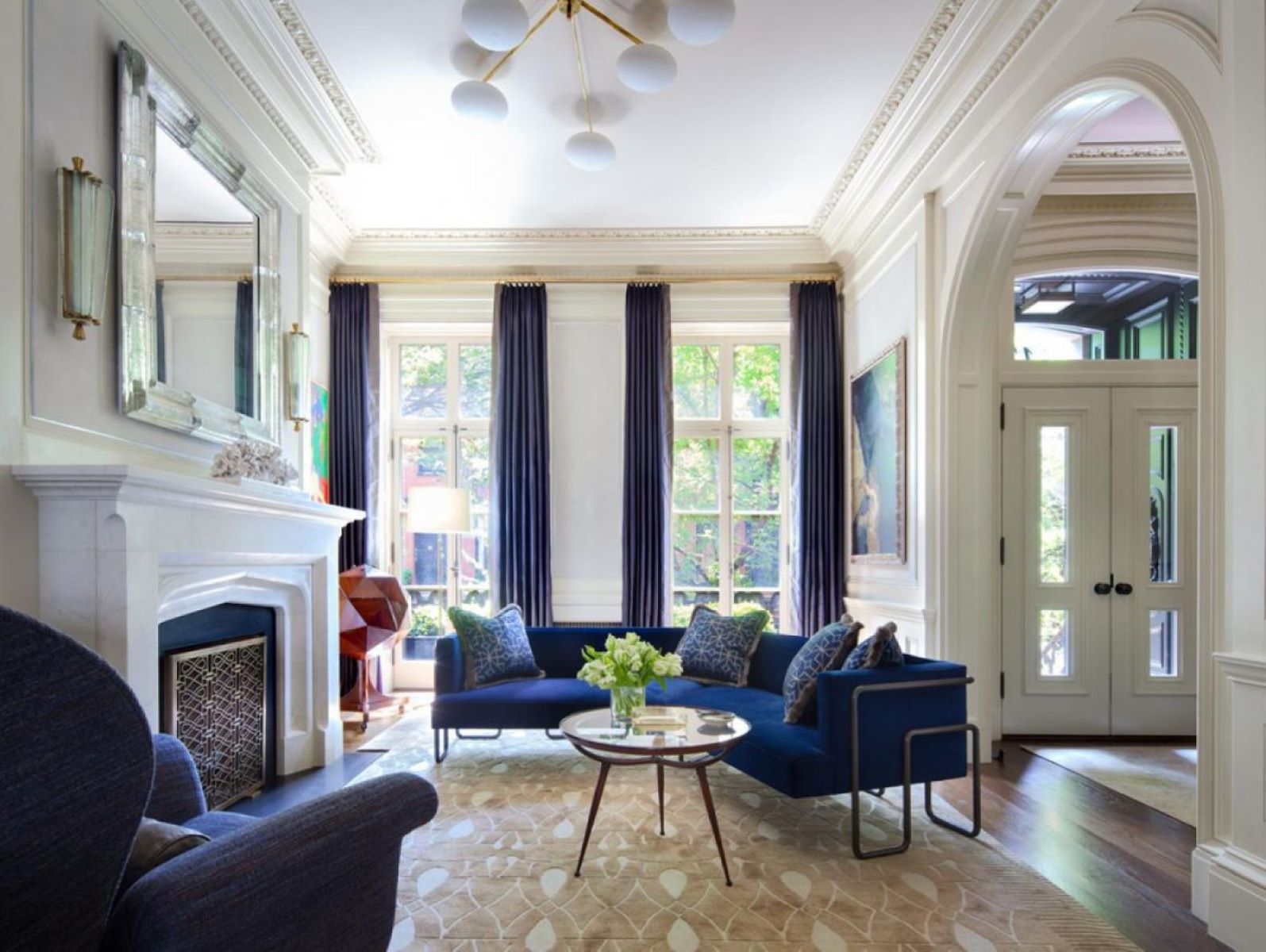
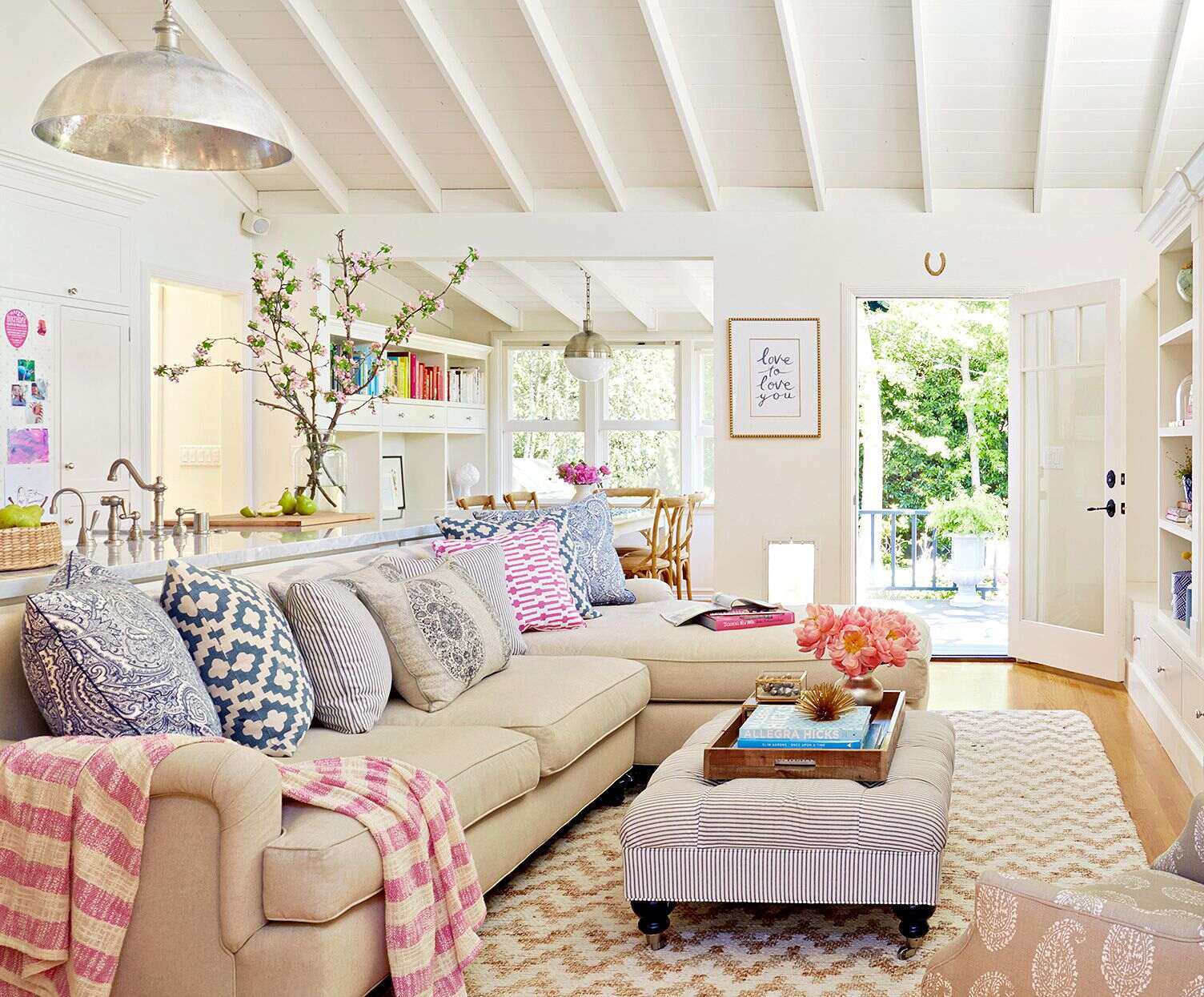
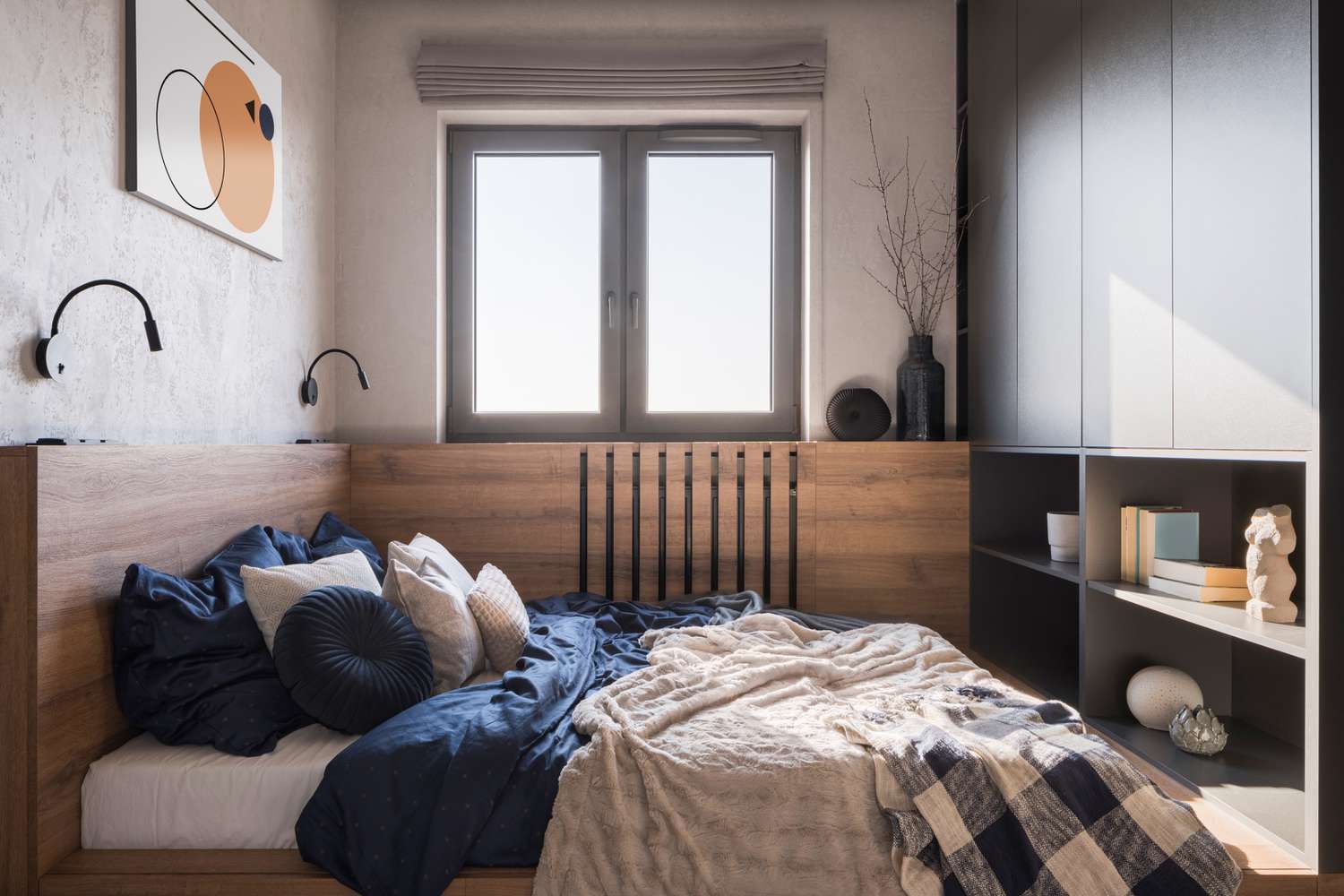
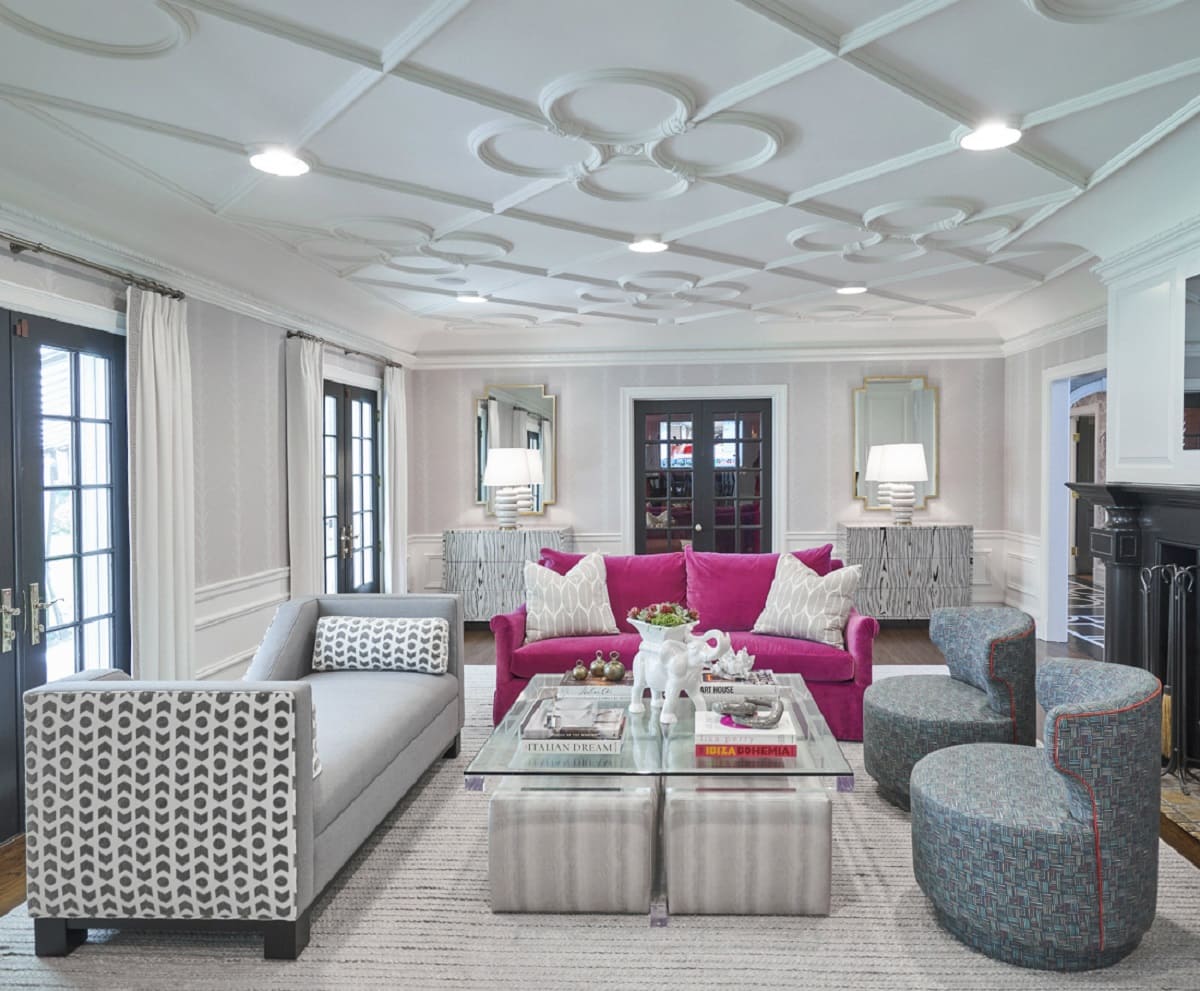
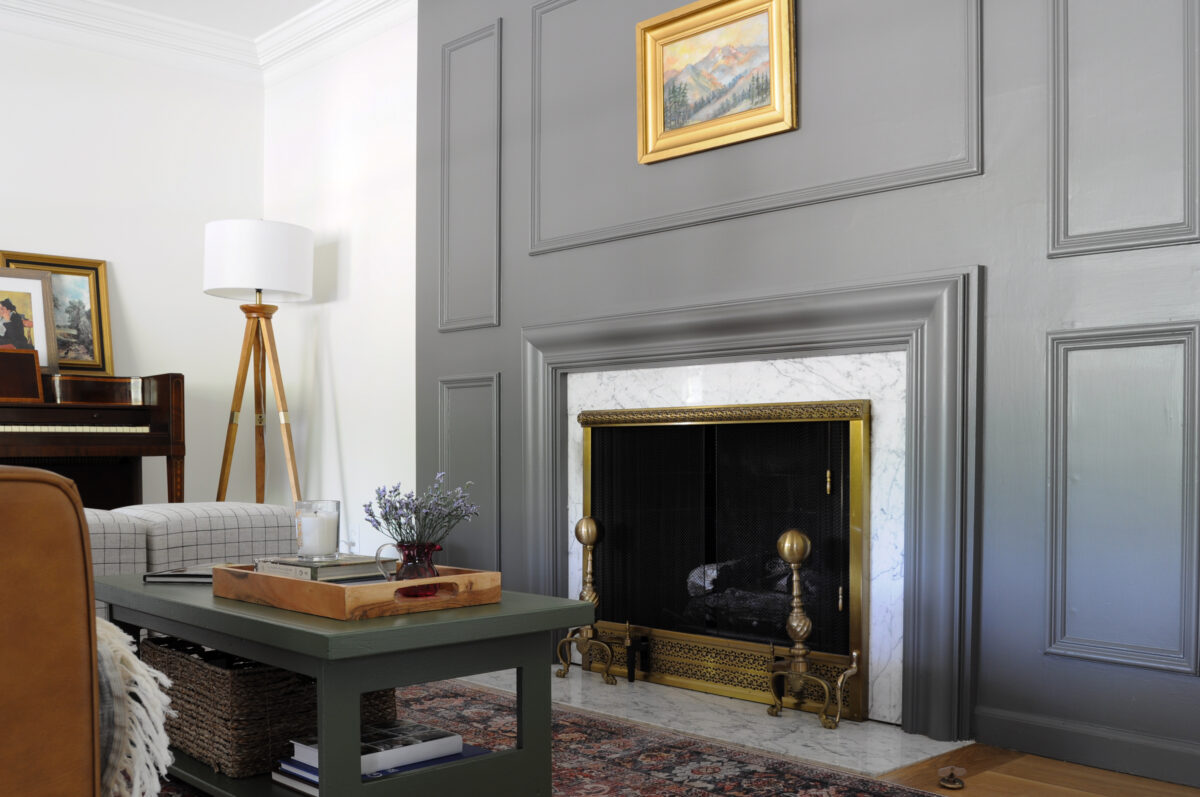
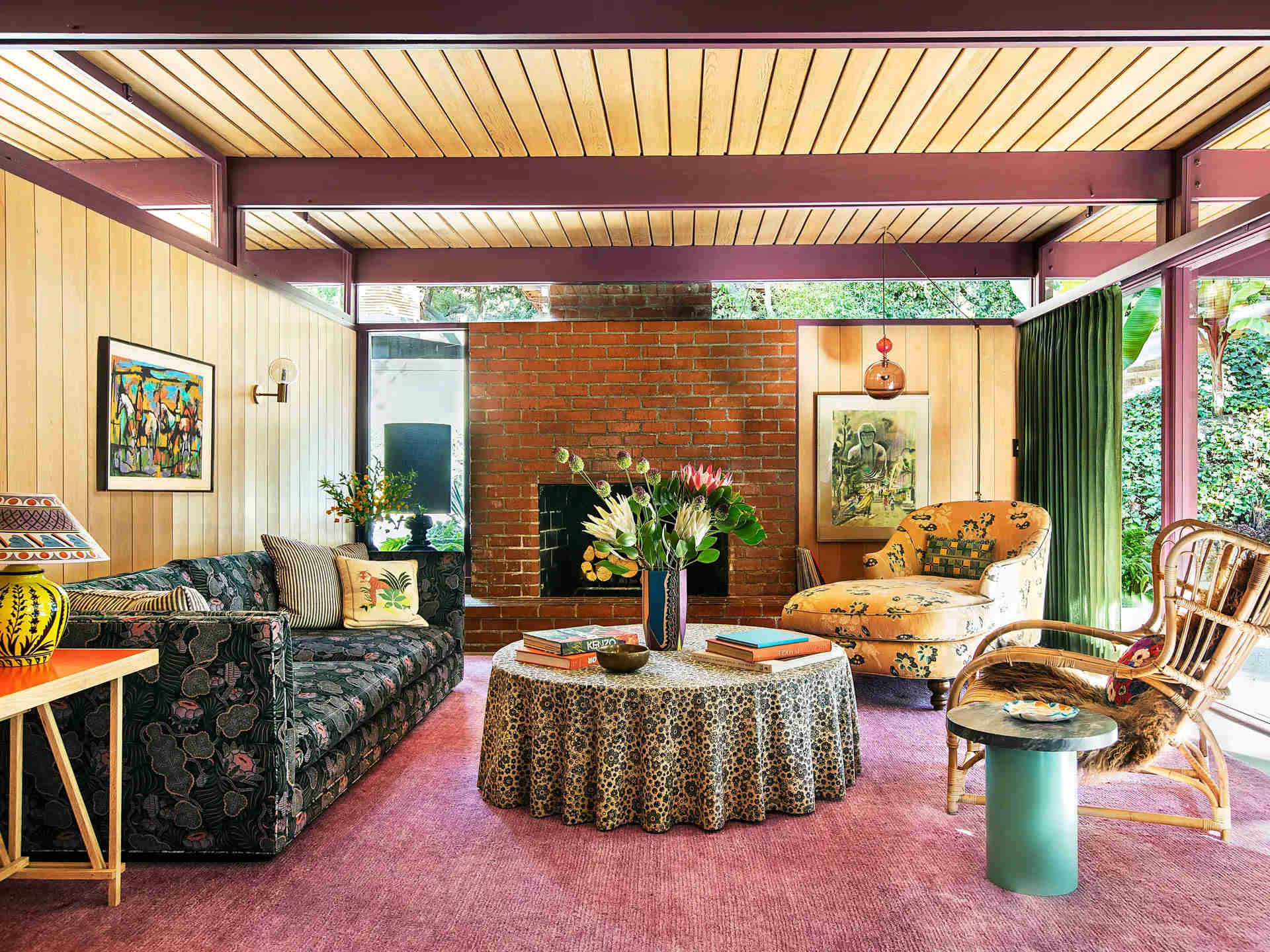
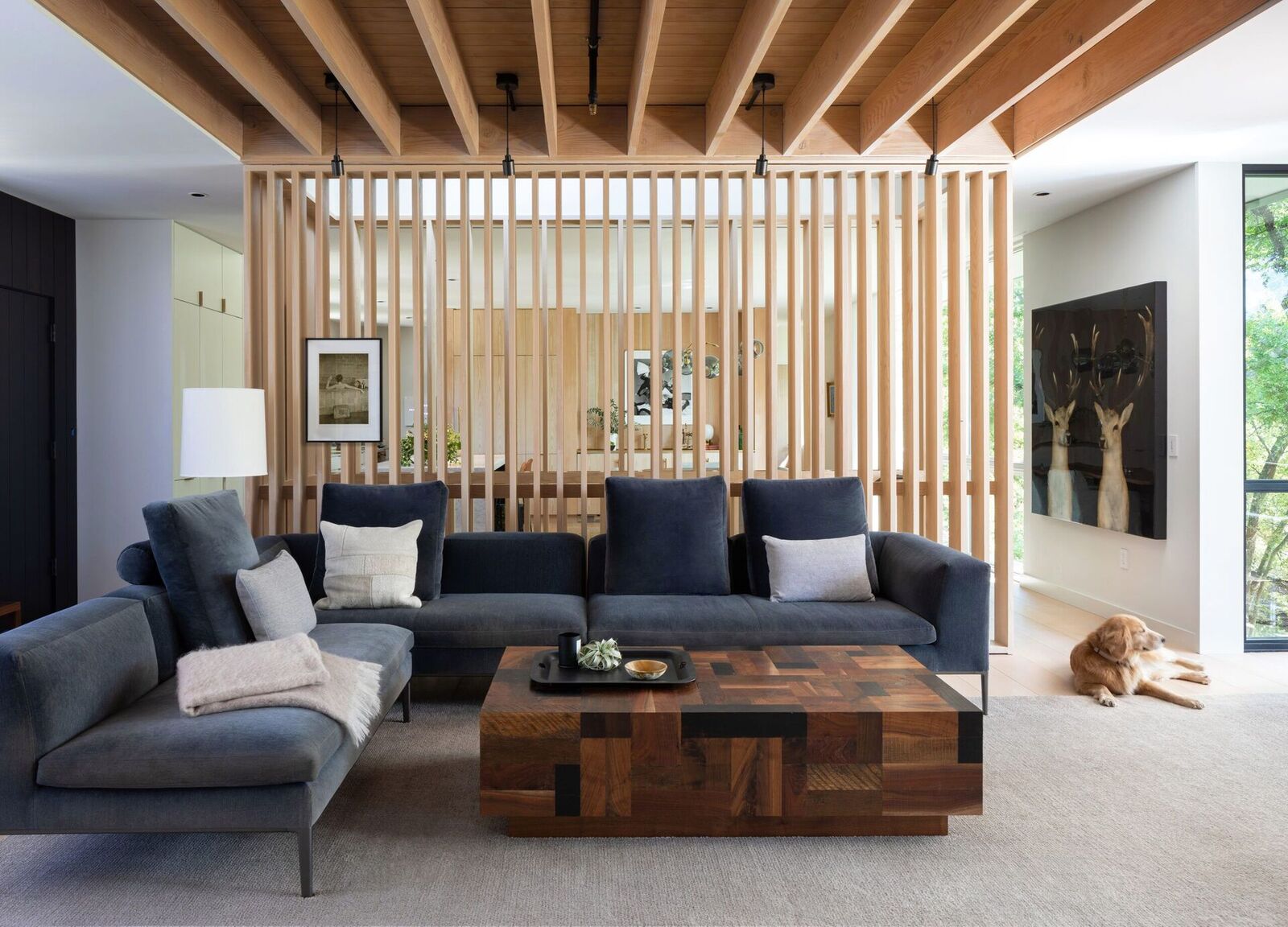


0 thoughts on “Open-plan Living Room Ideas: 12 Multifunctional Spaces”